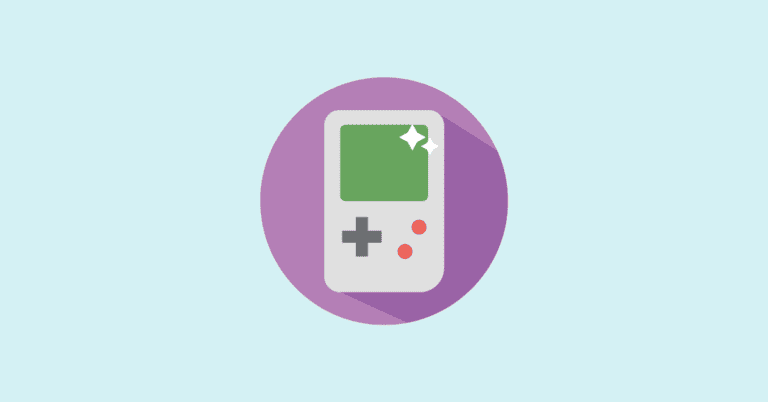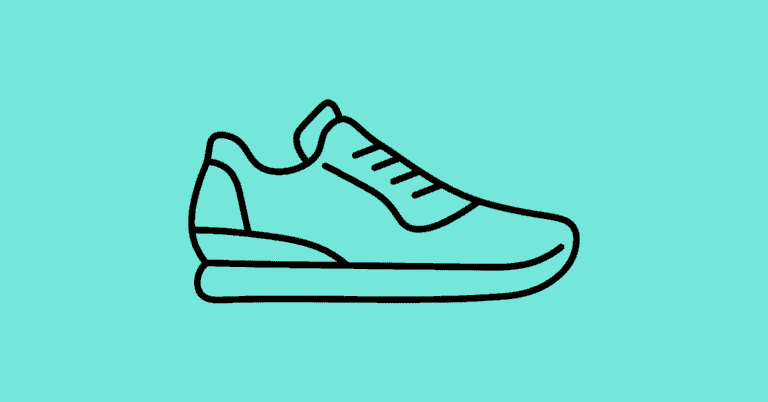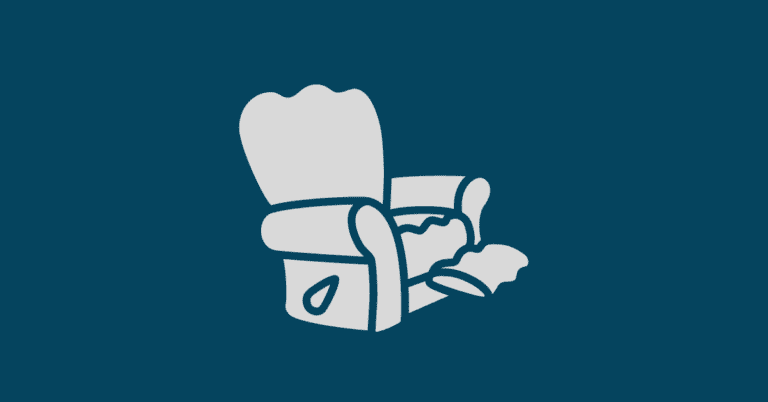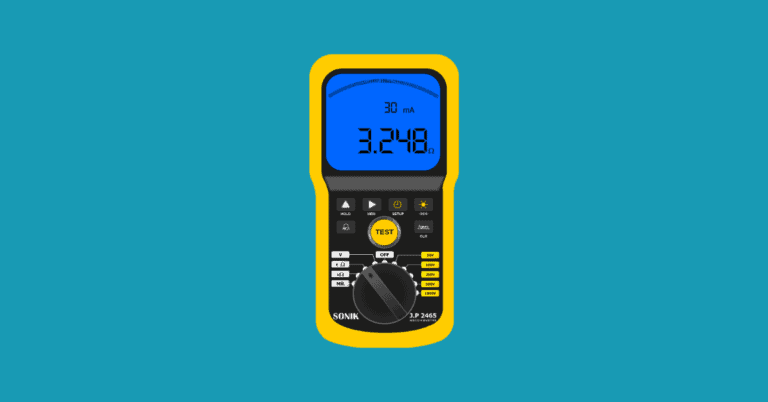How Can Stiff And Tight Muscles Result In Back Pain?
Back pain is a complex and multifaceted issue that can arise from various factors, including muscle stiffness and tightness.
Identifying the precise sources of back pain can be challenging, as it often manifests as a side effect of multiple contributing factors.
However, what remains paramount is recognizing physical impairments and adopting a proactive and holistic approach to restore functionality and alleviate back pain over time.

This article delves into the specific role that stiff and tight muscles play in contributing to back pain.
While acknowledging the intricate nature of back pain and its potential underlying causes, hopefully this sheds light on how muscle stiffness can exacerbate discomfort and hinder recovery.
Note that while the effects listed below can often lead to one another, they do not have to occur in any particular order or at different times.
So, how can stiff and tight muscles result in back pain?
Stiff and tight muscles can lead to….
Reduced range of motion
You probably guessed this one. When muscles are tight, they resist stretching and movement, restricting the extent to which joints can move through their full range of motion.
Compensations by other muscles and structures
To accommodate for stiff and tight muscles, the body may adopt altered movement patterns to reduce discomfort and maintain functionality.
These compensatory movements, while effective in achieving their intended function, often impose additional stress on surrounding muscles and joints.
Our body is very good at accomplishing the task at hand, and often people don’t consciously recognize that they are moving in a different way until it leads to muscle pain overtime.
For instance, if you have tightness in your hip joint and muscles, when you perform activities such as bending down to pick up an object, the end goal is to pick up that object. So if your hips are not able to contribute enough range of motion, then your back will have to compensate for the lack in hip range of motion to reach your target.
Altered neuromuscular control
Repetitive engagement in compensatory movements gradually rewires the neural pathways responsible for coordinating muscle activity.
Overtime, this changes your brain-muscle connection, or neuromuscular control, so that these repetitive movements become customary actions.
As a result, the body may even rely on these compensatory strategies even in situations where they may not be necessary,
Pain often arises when the body consistently relies on these compensatory mechanisms, stressing the structures involved.
This emphasizes how muscle tightness, changed movement patterns, and the body’s adaptability are interconnected factors contributing to discomfort and chronic pain.
Muscular imbalances
While muscular imbalances may have developed gradually over your lifetime, compensatory movements can exacerbate the issue.
Using the previous example, if you consistently rely on your back muscles to bend down and lift objects, this places increased strain on your back over time.
Meanwhile, you may inadvertently underuse your hip extensors, such as your glutes, leading to their weakening over time.
Nerve compression
In some cases, tight muscles can compress nearby nerves, leading to radiating pain that extends from the back into other areas of the body, such as the legs or arms.
This compression can occur due to muscle spasms or increased pressure on the nerves resulting from muscle tightness, further exacerbating back pain.
What leads to stiff and tight muscles?
Here are two big factors that can lead to tight muscles.
Sedentary lifestyle

When individuals lead a largely inactive life, the lack of regular physical activity results in decreased muscle use, leading to a loss of flexibility and strength.
For example, extended periods of sitting can cause tight hip flexors while simultaneously weakening the hip extensor muscles.
Injuries
During the recovery phase, individuals often modify their movement patterns to minimize stress on the healing structures.
While this adjustment is crucial for avoiding further injury, a prolonged recovery period without gradual re-engagement of the affected muscles may result in the tightening of the recovery structures.
Lack of active engagement and flexibility restoration in these muscles following the recovery phase can result in persistent stiffness.
What does a comprehensive plan for back pain look like?
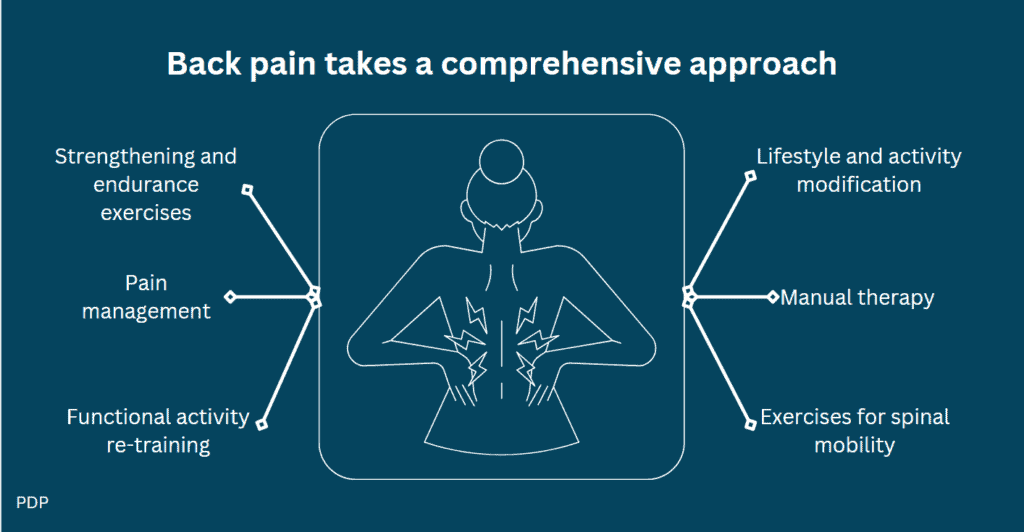
In the case that you consult your primary care physician regarding your back pain, it is likely that you may obtain a script for physical therapy for further evaluation.
A conservative plan for back pain varies depending on the individual scenario. Here are some components it may include:
Activity modification
Activity modification is personalized to each individual’s unique condition; it may include adopting ergonomic practices, adjusting workstations, incorporating proper body mechanics, and avoiding prolonged periods of sitting or standing.
Your PT may examine your movement in relation to specific activities that worsen your pain to identify patterns, areas of weakness, and opportunities for targeted intervention.
Pain management
This is huge. The goal of pain management is not only relieving pain, but also to enable you to gradually return to work, daily activities, and hobbies. Also, people that are more active about their pain management strategies, which can include hot packs, ice massage, and TENS, are better at sticking to their therapeutic exercises and maintaining an active lifestyle, which is ultimately what will lead to most improvement in the long run.
Strength and Endurance exercises
The selection of specific strengthening and endurance exercises is contingent upon the individual’s presenting impairments.
In general, core strengthening exercise tends to play a big role in spinal stability. Other exercises can include back and hip strengthening. Since noticeable strength gains often require approximately 8 weeks of consistent effort, adherence to the prescribed exercise regimen and effective pain management are essential factors for success
Stretches for mobility
This is particularly important in individuals experiencing tight muscles. The stretches recommended for you will be dependent on your range of motion limitations. There are cases where spinal mobility may not even be limited – and rather the person actually has plenty of range of motion but needs to work more on control over their trunk musculature.
Functional activity re-training
Functional activity re-training may include techniques such as movement re-education, motor control exercises, and task-specific training.
Overall, the goal is to use strategies that improve your biomechanics and reduce stress on the spine.
Manual therapy
This refers to hands-on techniques that may be integrated into your treatment program. Certain manual techniques are particularly effective in managing acute back pain.
Your physical therapist may recommend these methods if they determine that you could benefit from them based on your individual signs and symptoms.
Main take-away points
First, tight muscles can increase stress on other muscles and connective tissues, particularly in the back, leading to pain over time.
Second, back pain is typically multifactorial, often resulting from a combination of various factors; Identifying the precise causes of back pain is less crucial than focusing on addressing physical impairments and improving function for long-term resolution.
Third, don’t hesitate to consult healthcare providers for guidance; the majority of back pain cases can be effectively managed with conservative treatment within a 12-week timeframe. Relief is within reach!!!

